
by Deep Green Resistance News Service | Aug 26, 2012 | Colonialism & Conquest, Indigenous Autonomy, Obstruction & Occupation
By J. G. / Deep Green Resistance Great Plains
Women of the Oglala Lakota nation along with activists from Deep Green Resistance, AIM Grassroots, Native Youth Movement, Un-Occupy Albuquerque, Occupy Lincoln, and Rocky Mountain Peace and Justice Center took part in a march from Billy Mills Hall in Pine Ridge into Whiteclay to protest against the predatory liquor industry present there.
Whiteclay has a population of 14, yet 4 liquor stores in the town sell 12,500 cans of beer each day. The stores have been documented repeatedly selling to bootleggers, intoxicated people, minors, and trading beer for sexual favors.
“For over 100 years the women of the Oglala Lakota nation have been dealing with an attack on the mind body and spirit of their relatives”, says Olowan Martinez who is a main organizer of the event and resident of Pine Ridge. “The Oglala have been silenced through chemical warfare waged by the corporations who are out to exploit and make a profit off of the suffering and misery of our people. The time has come to end this suffering by any means necessary.”
Debra White Plume, a Lakota activist and resident of Pine Ridge who spoke at the event proclaimed, “A sober Indian is a dangerous Indian. We have to send a message to Nebraska and its citizens that we are not going to tolerate business as usual. This is the Women’s Day of Peace but that peace will soon be over”.
After the march and speeches members of Deep Green Resistance locked down and blockaded the road into Whiteclay.
Less than a half hour after the lockdown began a police officer rolled down their window and indiscriminately pepper sprayed into a crowd. Up to 12 people were pepper sprayed including the 10 year old son of a Lakota woman who helped organize the march. Also, an elder Lakota woman, Helen Red Feather, reported having her leg hit by a police car in motion. Medics with the protest treated pepper spray injuries.
At 7:39, the five activists who participated in the lock down were hauled off in a horse trailer to the Sheridan County jail in Rushville. They have since been released on their own recognizance.
Today, justice is far from complete, since Whiteclay continues to enable and enact the destruction of the Oglala Lakota and the people of Pine Ridge. The continued subjugation of the Oglala Lakota of the Pine Ridge Reservation will not end as long as the liquor stores in Whiteclay continue to operate.
Chants of “As long as it takes!” began by those locked down and the people standing with them in the crowd at the beginning of the lockdown. The struggle continues.
For context behind the Women’s March and Day of Peace, as well as pictures from the action, please see http://dgrnewsservice.org/2012/08/26/womens-day-of-peace-action-in-white-clay/
Want to help support this action? Please see http://deepgreenresistance.org/feature-help-support-indigenous-solidarity-in-whiteclay/
Para leer este articulo en español, vea: http://dgrnewsservice.org/2012/08/29/la-marcha-de-mujeres-y-el-dia-de-paz-resulto-ser-violente-manifestantes-detenidos/
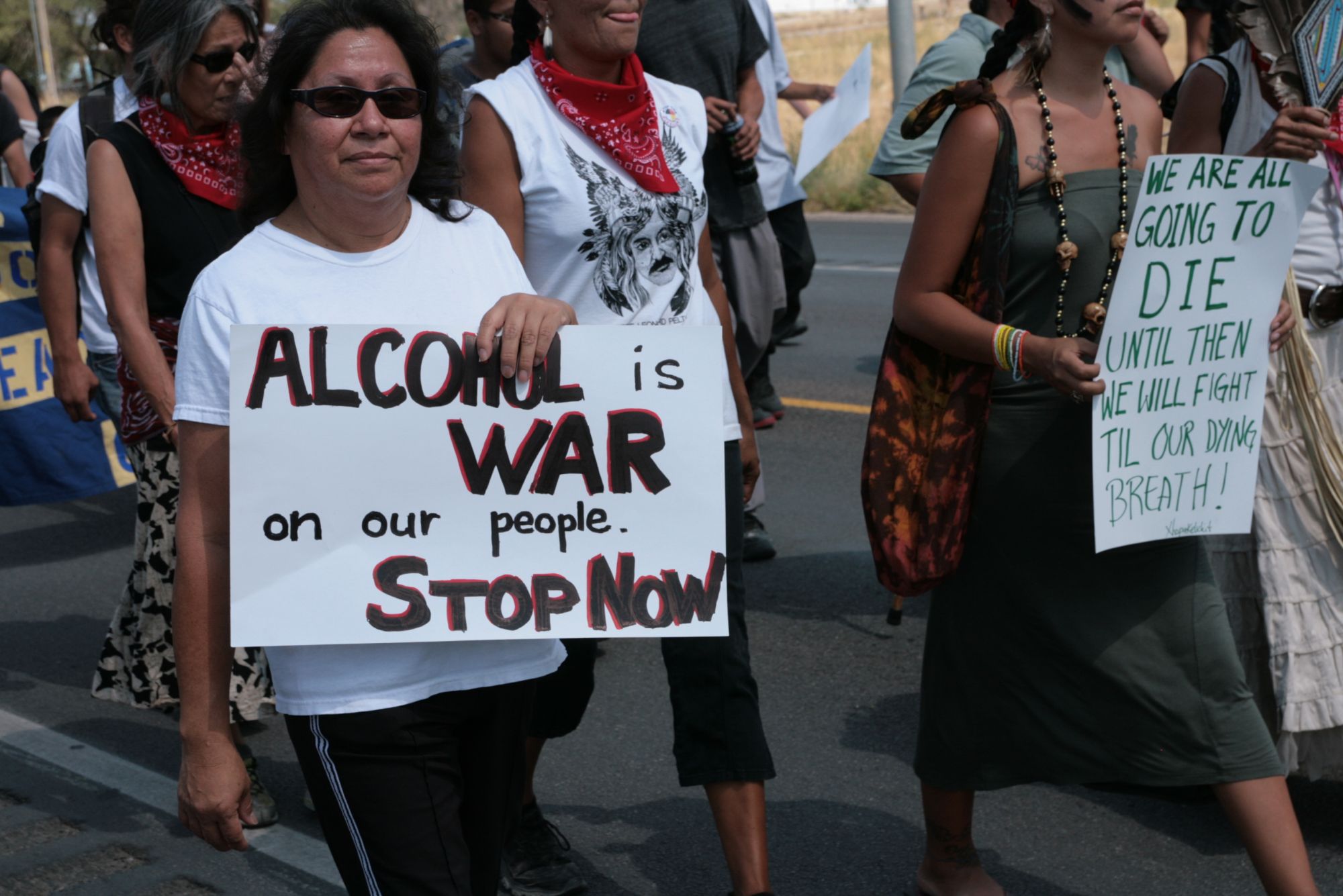
by Deep Green Resistance News Service | Aug 26, 2012 | Colonialism & Conquest, Indigenous Autonomy, Obstruction & Occupation
Whiteclay is an unincorporated village with a population of 14 people in northwest Nebraska. The town sits on the border of the Pine Ridge Indian Reservation, home to the Oglala Lakota (also known as the Oglala Sioux Tribe).
Whiteclay lies on disputed land, merely 200 feet from the official reservation border and less than 3 miles from the center of Pine Ridge, South Dakota, the largest town on the reservation.
Sale and possession of alcoholic beverages on the Pine Ridge is prohibited under tribal law. Except for a brief experiment with on-reservation liquor sales in the early 1970s, this prohibition has been in effect since the reservation lands were created.
Whiteclay has four off-sale beer stores licensed by the State of Nebraska which sell the equivalent of 4.5 million 12-ounce cans of beer annually (12,500 cans per day), mostly to the Oglalas living on Pine Ridge. These retailers routinely violate Nebraska liquor law by selling beer to minors and intoxicated persons, knowingly selling to bootleggers who resell the beer on the reservation, permitting on-premise consumption of beer in violation of restrictions placed on off-sale-only licenses, and exchanging beer for sexual favors. The vast majority of those who purchase beer in Whiteclay have in fact no legal place to consume it, since possession and consumption of alcoholic beverages on the Pine Ridge Reservation remain illegal under tribal law. Many people have died in the streets due to exposure, as the state of Nebraska fails to uphold state law or police Whiteclay. As long as the liquor stores in Whiteclay remains in business, the genocide of the Oglala Lakota people will continue.
Tribal activists of the Strong Heart Warrior Society have conducted annual blockades since 1999, trying to intercept alcohol and drugs being brought into the reservation. In June 2006 tribal activists protested beer sales by blockading the road from Pine Ridge to Whiteclay and confiscating beer bought in Whiteclay. These activists hoped to prevent bootlegging and illegal sales on the reservation. On June 9th of this year, young Lakota activists and their non-native allies held a blockade of the highway leading into Whiteclay, and gained concessions from law enforcement.
In solidarity with the Oglala Lakota people, members of Deep Green Resistance are assisting an action now to shut down the bars in Whiteclay forever.
Updates on action:
Sun. August 26, 2012 (All times MDT)
As of 10:00 PM: Police and firefighters unable to unlock the blockaders once at the jail. The five released without bail after agreeing to unlock themselves.
7:59 PM: Tribal police have come into Nebraska to block support to the folks on lockdown. Nebraska State Patrol has brought in a trailer and carried the lockdown, as a unit, onto the trailer (one person may have sustained injuries due to this police maneuver). They are now being transported to the jail. They are still locked together. Stay tuned for updates on the protestors’ status and information on how to help!
6:22 PM: Police are bringing in a livestock trailer to attempt to move the blockade as a unit to a different location. They have threatened the blockaders with felony charges. Blockaders have decided to hold their ground. This is what resistance looks like.
5:30 PM: Police have threatened to arrest another protester.
4:20 PM: There’s a line of cops, a line of warriors, and a line of blockaders. There’s a huge banner that says “Honor the Treaties”. Lakota people are chanting and drumming.
4:00 PM: All four bars in Whiteclay have been shut down. Two arrests have been made. Police have issued an ultimatum that all those locked down in Whiteclay must walk back to the reservation or they will be arrested.



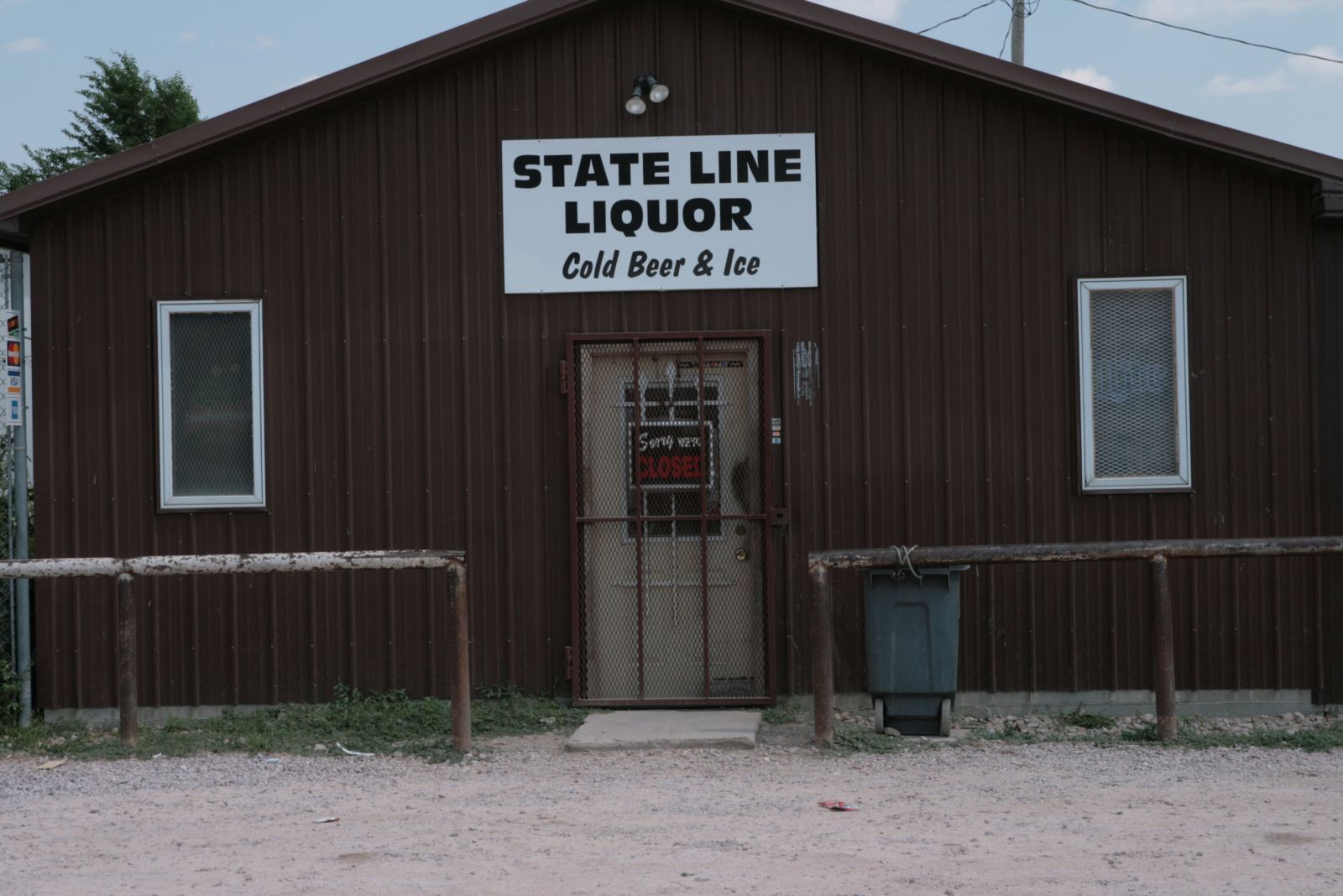


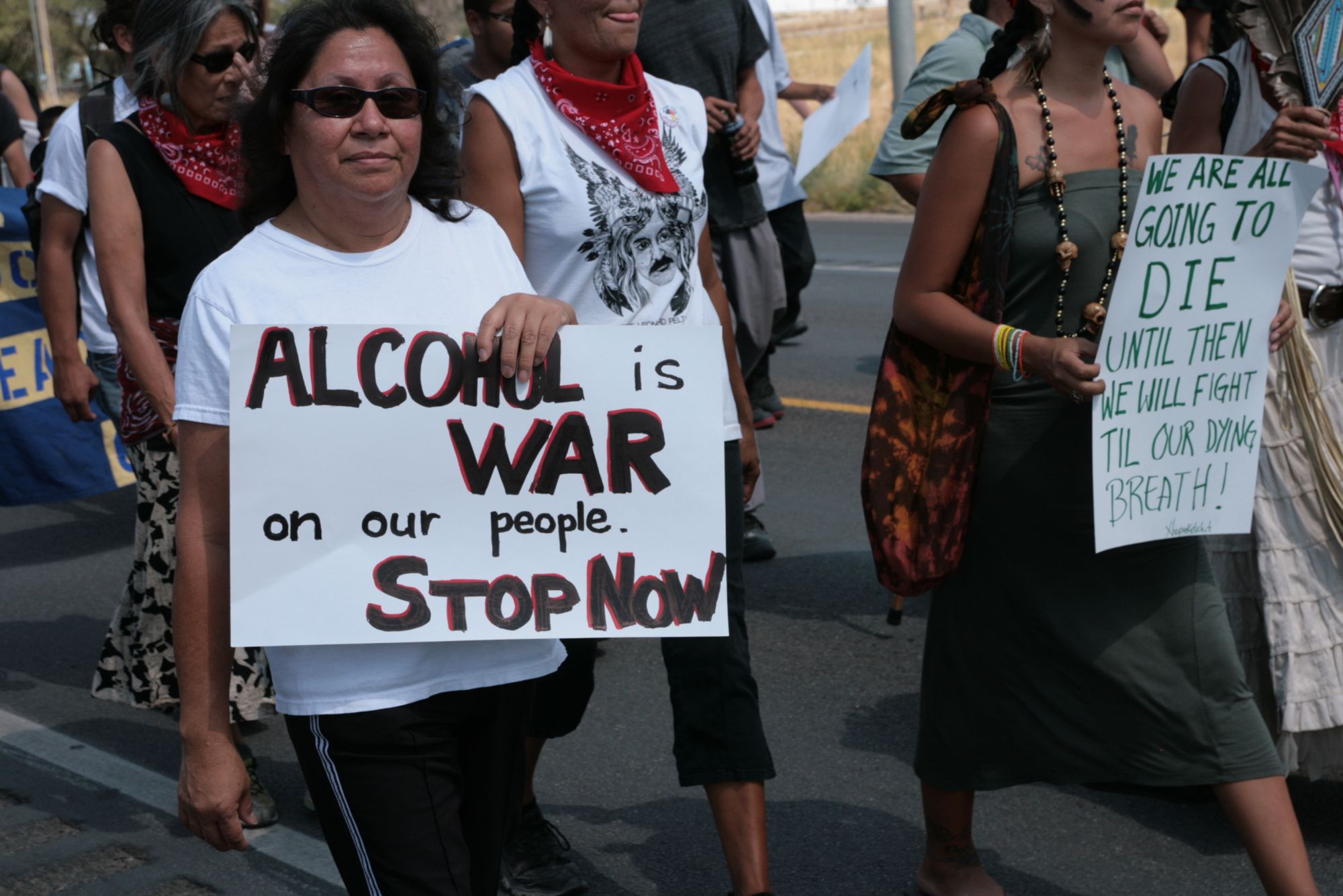
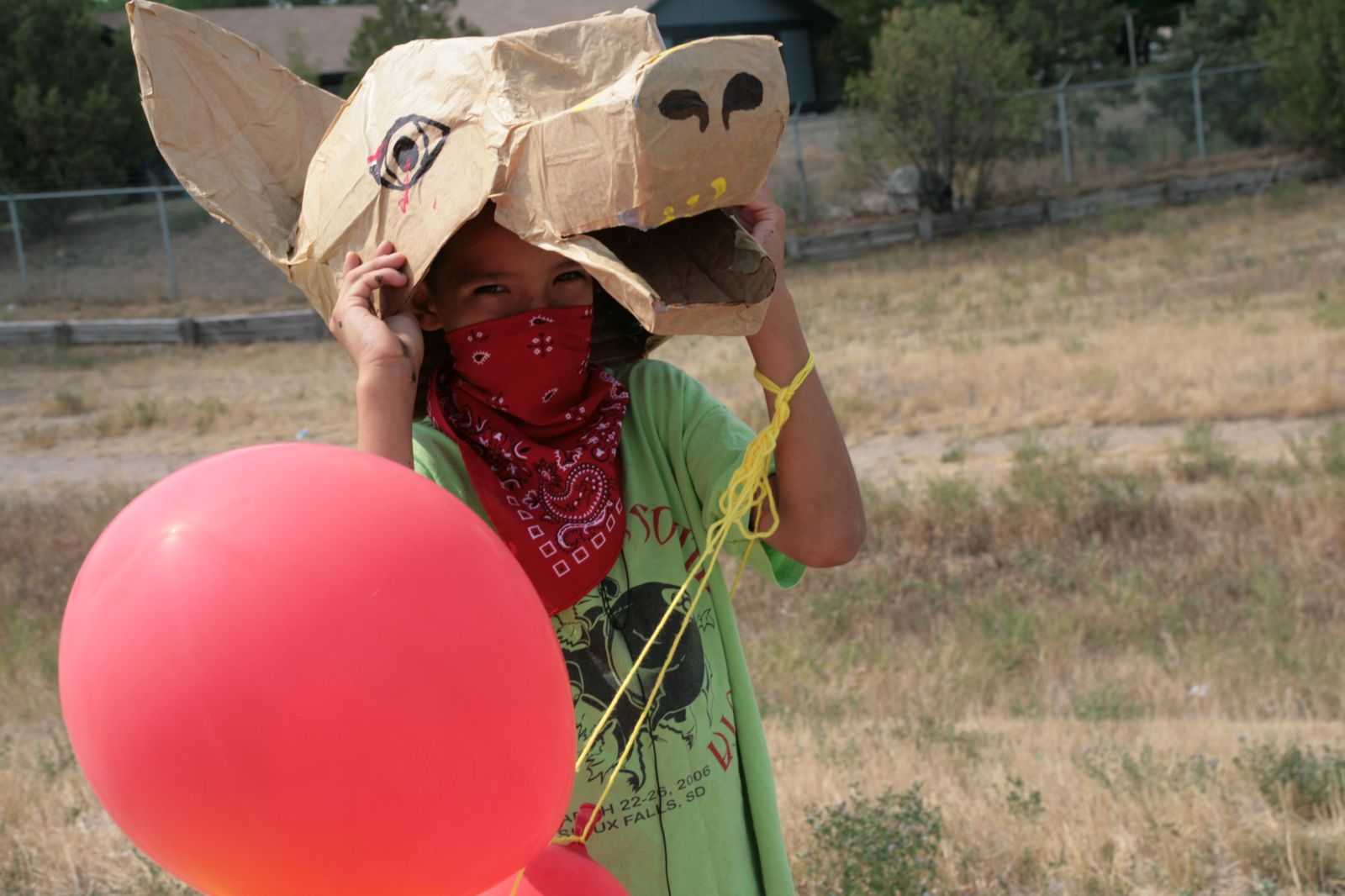
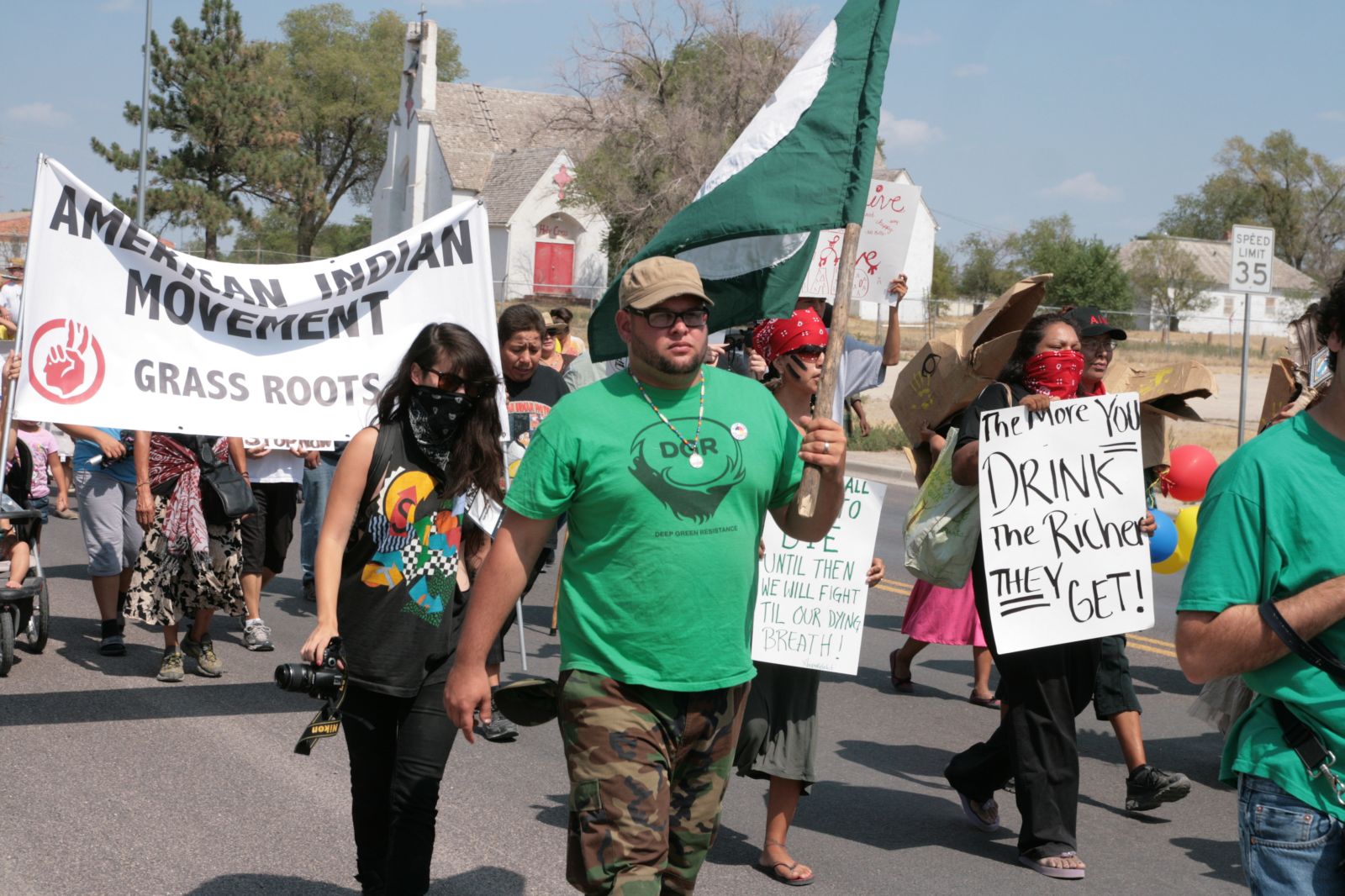


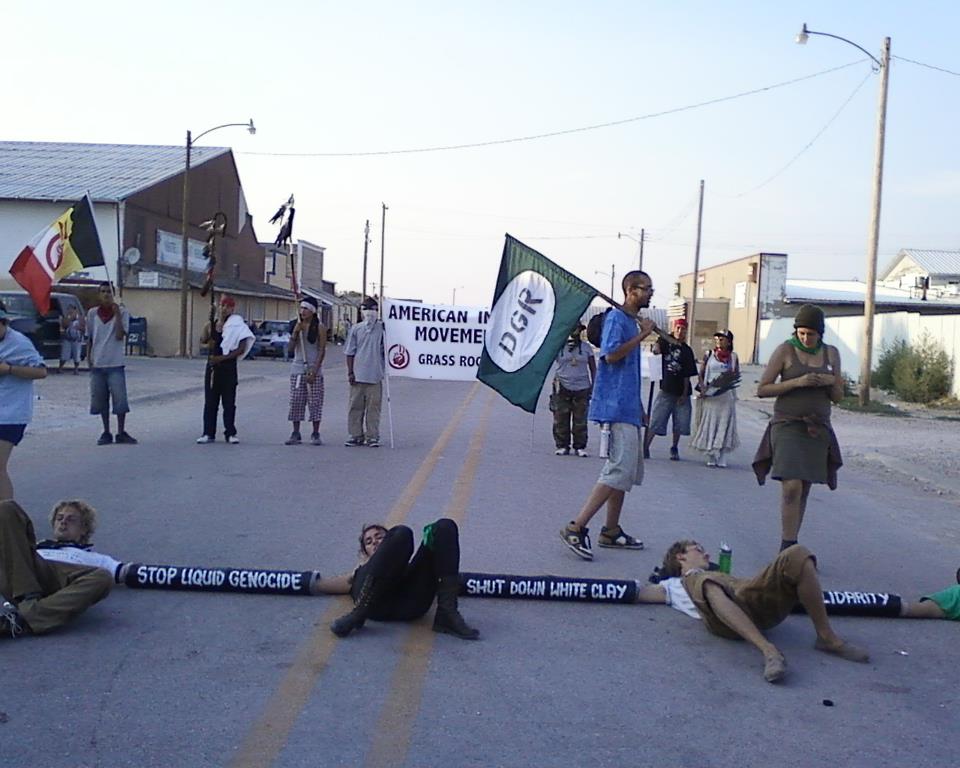
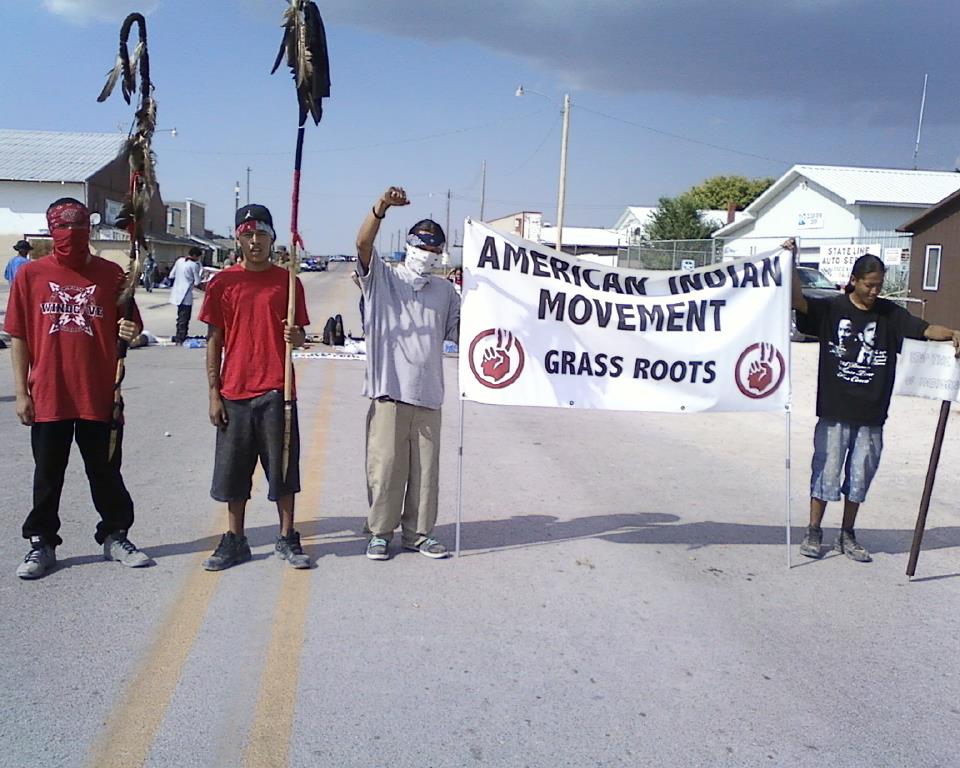




by Deep Green Resistance News Service | Aug 7, 2012 | Mining & Drilling, Toxification
By Steve Mufson / The Washington Post
Jane Kleeb is a savvy activist who, Nebraska’s Republican governor once said, “has a tendency to shoot her mouth off most days.” A Florida native who moved to Nebraska in 2007 after marrying a rancher active in Democratic politics, she did as much as anyone to bring the massive Keystone XL crude oil pipeline to a halt last year.
James Goecke is a counterpoint to Kleeb. A hydrogeologist and professor emeritus at the University of Nebraska in Lincoln, he has been measuring water tables in Nebraska’s ecologically sensitive Sand Hills region since 1970 and has shunned the political limelight — until now. He recently appeared in an ad for the pipeline’s owner, TransCanada, rebutting some of the arguments against the project and its new route.
Under ordinary circumstances, Kleeb and Goecke would be natural allies. Democrats in a red state, they both care about preserving Nebraska’s unique environment. Instead, they are divided over Keystone XL, a 1,700-mile steel pipeline that would carry heavy, low-quality crude from Canada’s oil sands to refineries in Texas.
At the heart of their battle is whether the pipeline would pose a threat to the massive Ogallala Aquifer — one of the world’s largest underground sources of fresh water. By one calculation, it holds enough water to cover the country’s 48 contiguous states two feet deep. The Ogallala stretches beneath most of Nebraska from the Sand Hills in the west to the outskirts of Omaha. And it runs from South Dakota well past Lubbock, Tex.
Named after a Northern Plains tribe, the Ogallala provides water to farms in eight states, accounting for a quarter of the nation’s cropland, as well as municipal drinking wells. Though early white explorers who saw this apparently arid part of the Great Plains called it a “great American desert,” the aquifer has turned it into America’s breadbasket.
The spongelike aquifer formed more than 20 million years ago, when erosions of gravel and sand from the Rocky Mountains were washed downstream. It is replenished by rain and melting snow, but it gets just two to five inches of precipitation a year, according to a TransCanada filing to the Nebraska Department of Environmental Quality. Much of the water it holds was absorbed thousands or millions of years ago.
In some places the aquifer is buried 1,200 feet deep, but in many places it is at or very close to the surface, often less than five feet below ground. In these places, you can literally stick a stake in the ground and hit water. Extensive stretches of Nebraska’s plains require no irrigation; to keep cattle watered, ranchers just dig a hole and the water flows in.
That’s where concerns about the Keystone XL came in. Its original route traversed 92 miles of the Sand Hills and the Ogallala. TransCanada, which said it would bury the pipeline at least four feet underground, could in many places be putting it in water.
If the pipeline should spring a leak where it touches the aquifer or even above it, Kleeb and other opponents say, oil could quickly seep into and through the porous, sandy soil. The Ogallala, Kleeb said last year in a television interview, is “a very fragile ecosystem, literally made of sand. . . . To have a pipeline crossing that region is just mind-boggling.”
She cited University of Nebraska civil engineering professor John Stansbury, who drew on pipelines’ history and TransCanada regulatory filings to predict that during the projected 50-year life span of the pipeline, “there would be 91 leaks . . . that could potentially put 6.5 million gallons of tar sands oil in the Ogallala aquifer and essentially contaminate our drinking water.”
He maintained that a worst-case spill in the Sand Hills region could pollute 4.9 billion gallons of groundwater with a “plume” of contaminants 40 feet thick, 500 feet wide and 15 miles long.
The message rallied Nebraskans from ranches to cities, and it was what President Obama pointed to in January when he rejected the initial Keystone XL route. In May, TransCanada submitted a revised route to the State Department, bypassing the Sand Hills but still passing over some parts of the aquifer.
“The Ogallala aquifer is the greatest underground water source, I believe, in the world,” said Gerald E. Happ, whose ranch in Greeley the pipeline originally would have crossed. “And it’s the purest. . . . And we need the water, and maybe the water may be way more precious than the oil sometime in the future.”
Read more from The Washington Post: http://www.washingtonpost.com/national/health-science/keystone-xl-pipeline-may-threaten-aquifer-that-irrigates-much-of-the-central-us/2012/08/06/7bf0215c-d4db-11e1-a9e3-c5249ea531ca_story.html
by Deep Green Resistance News Service | May 4, 2012 | Agriculture, Toxification
By Pesticide Action Network
Results released today from water sampling across four Midwestern states – Illinois, Nebraska, Iowa and Minnesota – indicate that the endocrine disrupting pesticide atrazine is still being found in drinking water at levels linked to birth defects and low birth weight. Syngenta, one of the world’s largest pesticide corporations, has continued to promote the use of the chemical, despite growing concerns from independent scientists. The US Environmental Protection Agency will weigh these findings as it continues its re-evaluation of the chemical in the coming months.
“These water monitoring results should raise concerns for policymakers, they confirm that atrazine continues to contaminate Midwest drinking water at meaningful levels,” said Emily Marquez, PhD, endocrinologist and staff scientist for Pesticide Action Network. “Endocrine disrupting chemicals like atrazine are hormonally active at vanishingly small amounts. That is why scientists are looking again at atrazine, and that is why the EU set water contamination tolerance levels at 0.1 ppb. EPA’s current legal limit of 3 ppb is 30 times that and much too permissive. The best way to ensure rural communities and farmers are protected is to keep atrazine out of their water entirely.”
In the results released today, atrazine was found in a majority of water samples from Midwestern homes and farms. Atrazine is found more often than any other pesticide in groundwater – 94% of drinking water tested by USDA contains the chemical. The weed killer is the second most widely used pesticides in the U.S., with more than 76 million pounds used last year, mostly on Midwestern corn fields. Atrazine is applied most heavily in Illinois, where applications exceed 85 pounds per square mile.
The results, on average, demonstrate that levels frequently found in drinking water are five times the former legal limit in Europe, and five times the levels associated with adverse health effects, including low birth-weight in babies. Europe’s legal limit was 0.1 ppb before the chemical was banned in 2003. One Illinois sample is above the EPA limit for atrazine in drinking water, and is well above the level associated with significantly increased risk of birth defects.
“Syngenta’s atrazine is linked to irreversible harms like cancer and birth defects. Rural families are on the frontlines of pesticide exposure and we risk contaminating the water of millions of people with the chemical’s continued use,” said Julia Govis, a mother, author of Who’s Poisoning Our Children, and Statewide Program Coordinator of Illinois Farm to School.
As EPA continues its reevaluation of the chemical and plans to release additional findings on atrazine in June, new studies highlight the link between low-level exposure atrazine and adverse human health effects, including cancer and altered development. At the same time, the chemical’s manufacturer, Syngenta, continues to influence scientific analysis of the chemical, downplaying evidence showing that atrazine is harmful.
Last summer, EPA’s independent scientific advisory panel concluded an 18-month review of atrazine’s health and environmental effects. They pointed to “suggestive evidence of carcinogenic potential” for ovarian cancer, non-Hodgkin’s lymphoma, hairy-cell leukemia, and thyroid cancer.
Unfortunately, EPA has been misled or ignored key findings. Dr. Jason Rohr, a scientist from University of South Florida, took a look at industry-funded reviews of the effects of atrazine on fish and frogs, indicators of impacts on human health, and he found: “The industry-funded review misrepresented more than 50 studies and included 122 inaccurate and 22 misleading statements. Of these inaccurate and misleading statements, 96.5% seem to benefit the makers of atrazine in that they support the safety of the chemical.”
Despite pressure from pesticide maker Syngenta, farmers across the Midwest are demonstrating ways of producing corn and growing food without relying on Syngenta’s atrazine.
“Levels of atrazine in our water raise concerns about the health impacts on farmers and communities like mine. The results underscore the challenges facing many farmers; they are caught in a pesticide trap, and it’s no surprise that they are forced to use more and more pesticides. These results should spur state and federal officials to take action and support farmers as they transition away from Syngenta’s atrazine, towards safe and healthy farming,” said Anita Poeppel, owner of Broad Branch Farm in Central Illinois.
From Pesticide Action Network: http://www.panna.org/press-release/atrazine-found-water-dozens-midwest-communities
by Deep Green Resistance News Service | Mar 25, 2012 | Toxification
By Environment America
Five states—Indiana, Virginia, Nebraska, Texas, and Georgia—account for forty percent of the total amount of toxic discharges to U.S. waterways in 2010, according to a new report released today by Environment America. Wasting Our Waterways: Industrial Toxic Pollution and the Unfulfilled Promise of the Clean Water Act also reports that 226 million pounds oftoxic chemicals were discharged into 1,400 waterways across the country.
“America’s waterways are a polluter’s paradise right now. Polluters dumped 226 million pounds of toxic chemicals into our lakes, rivers and streams in 2010,” said Shelley Vinyard, Clean Water Advocate with Environment America. “We must turn the tide of toxic pollution by restoring Clean Water Act protections to our waterways.”
The Environment America report documents and analyzes the dangerous levels of pollutants discharged to America’s waters by compiling toxic chemical releases reported to the U.S. EPA’s Toxics Release Inventory for 2010, the most recent data available.
Major findings of the report include:
- Pollution from just five states—Indiana, Virginia, Nebraska, Texas, and Georgia—accounted for nearly forty percent of the total amount of pollution dumped into our waterways in 2010
- Food and beverage manufacturing (slaughterhouses, rendering plants, etc.), primary metals manufacturing, chemical plants, and petroleum re¬fineries were some of the largest polluters. AK Steel dumped the most toxic pollution—nearly 30 million pounds—into our waterways in 2010.
- In 2010, industries discharged approximately 1.5 million pounds of cancer-causing chemicals, like arsenic, chromium, and benzene, into America’s waterways. Nevada’s Burns Creek received the largest volume of carcinogens in 2010, while neighboring Mill Creek placed third.
- Nitrates accounted for nearly 90 percent of the total volume of discharges to waterways reported in 2010. Nitrates are toxic, particularly to infants consuming formula made with nitrate-laden drinking water, who may be susceptible to methemoglobinemia, or “blue baby” syndrome, a disease that reducesthe ability of blood to carry oxygen throughout the body.
Environment America’sreport summarizes discharges of cancer-causing chemicals, chemicals that persist in the environment, and chemicals with the potential to cause reproductive problems ranging from birth defects to reduced fertility. Among the toxic chemicals discharged by facilities are arsenic, mercury, and benzene. Exposure to these chemicals is linked to cancer, developmental disorders, and reproductive disorders.
“The Clean Water Act’s original objective was to clean up all of America’s waterways by 1985—27 years ago,” said Rob Kerth, Analyst for Frontier Group and co-author of the report.“Many people born in 1985 have kids of their own now, yet still millions of pounds of toxic chemicals are being dumped into our waterways.”
In order to curb the toxic pollution threatening waterways like the Chesapeake Bay, the Colorado River and Puget Sound, Environment America recommends the following:
- Pollution Prevention: Industrial facilities should reduce their toxic discharges to waterways by switching from hazardous chemicals to safer alternatives.
- Protect all waters: The Obama administration should finalize guidelines and conduct a rulemaking to clarify that the Clean Water Act applies to all of our waterways – including the 2.5 million miles of streams in and 117 million Americans’ drinking water for which jurisdiction under the Clean Water Act has been called into question as a result of two polluter-driven Supreme Court decisions in the last decade.
- Tough permitting and enforcement: EPA and state agencies should issue permits with tough, numeric limits for each type of toxic pollution discharged, ratchet down those limits over time, and enforce those limits with credible penalties, not just warning letters.
“The bottom line is that America’s waterways shouldn’t be a polluter’s paradise, they should just be paradise. We need clean water now, and we are counting on the federal government to act to protect our health and our environment,” concluded Vinyard.
From Environment America: http://www.environmentamerica.org/news/ame/america%E2%80%99s-waterways-received-226-million-pounds-toxic-chemicals



















